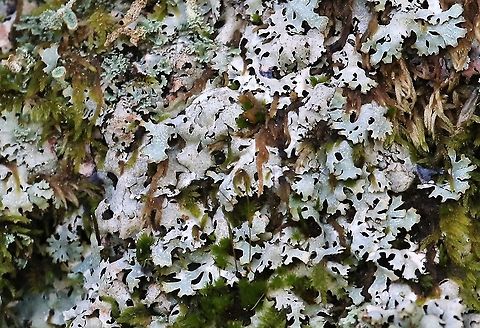
Appearance
It was first described in 1753 by Carl Linnaeus with the name ''Lichen saxatilis''. Erik Acharius transferred it to ''Parmelia'' in 1803. The lichen has a greenish-gray to bluish-gray thallus that can turn brown in exposed locations. It typically grows on rock, although it is sometimes found on bark or wood. ''Parmelia saxatilis'' is used to make dyes with deep red-brown and rusty-orange colors. Known as "crotal" in Scotland, it was used to dye traditional cloths including Harris tweed. A somewhat similar species with a cosmopolitan distribution is ''Parmelia sulcata'', which generally grows on trees.References:
Some text fragments are auto parsed from Wikipedia.